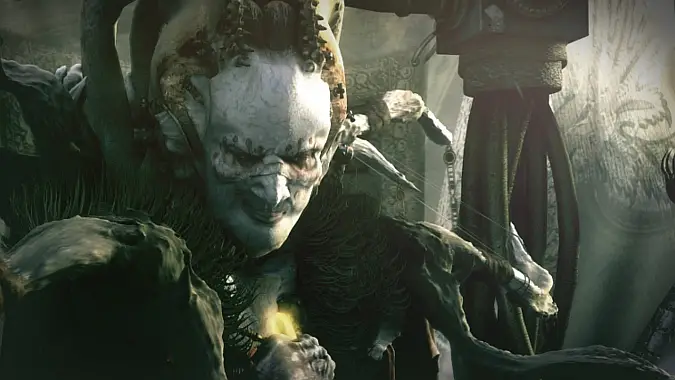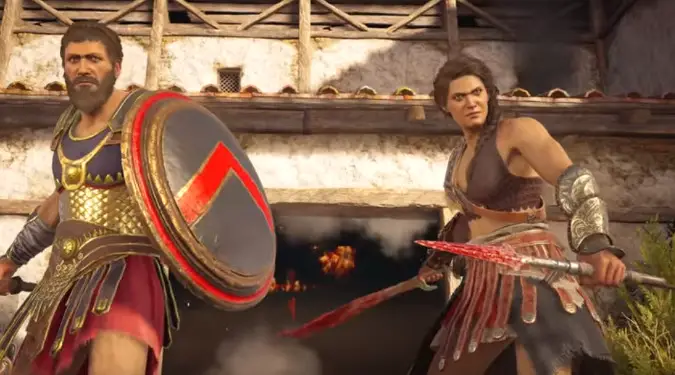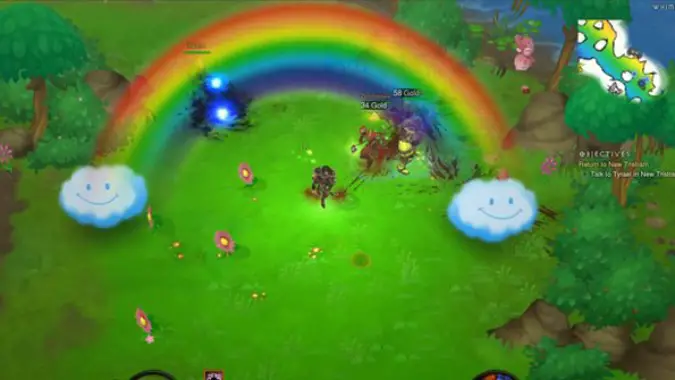Can a game continue to thrive after its creators wash their hands of it?

What is the lifespan of a game?
I’ve been playing Diablo 3 since 2012. Its only expansion pack, Reaper of Souls, was released in 2014. While it has seen content since — the Necromancer pack, the Darkening of Tristram that essentially recreates Diablo inside Diablo 3, the Seasons — it’s fair to say that there has been no new story content for Diablo 3 and no major expansion of the gameplay or game systems since 2014. That’s five years. Five years in which Diablo 3 has seen no major updates, and yet, I’m still playing it.
Another game I have played obsessively for the past years, since October or so, is Assassin’s Creed Odyssey. It has recently been confirmed that after the third chapter of the Fate of Atlantis DLC, there will effectively be no further content minus a few quests for the game. The new Story Creator will be all of the content available for the game after that point. That’s a year or so of content development.
I love the game, and it is huge — it makes Skyrim feel small by comparison — so it can likely see a year or so just on the sheer volume of stuff it has to do now. But can it last past that? Or will it be supplanted by whatever the next Assassin’s Creed game is going to be?

How long can it last?
Compare both of these with the biggest MMO ever to exist, World of Warcraft. We’re entering the fifteenth year of content development for the game. There’s no sign of it ending any time soon. The expansions all sell a few million copies, the game feels almost evergreen. The question becomes, does a game need constant new content to be worth playing over the course of years? Does it depend on the nature of that specific game? World of Warcraft is, by its nature, a multiplayer game. Diablo 3 has multiplayer allowing you to play in a party with friends — my wife and I often play together. Is it the ability to play Diablo 3 with other people that makes it still worth playing, some five years after its last major update to gameplay?
I think about this a lot. Some games see a lot of design iteration and change over the years, while others hit on a formula and stay there. WoW Classic is rare, in that it is literally a regression. It’s deliberately going back to an older version of a game. It’s not often you see a game deliberately do that — very few players are clamoring for the return of Diablo 3‘s Real Money Auction House or hoping that Bioware would revert Anthem to its launch state.
With World of Warcraft, the sense of the original game is nearly deified among those that preferred it — and I’ve noticed, even when I express mixed feelings about WoW Classic some people will respond as though I said something wholly positive. Can positive player perception, whether or not it’s rooted in reality, extend a game’s lifespan past the point where the game itself is actually being maintained actively? And what, exactly, defines that?

The Neverending Gameplay
Both Diablo 3 and Heroes of the Storm have over the course of their existence seen their development teams changed. HotS in particular saw a major restructuring and the dropping of its Heroes of the Dorm collegiate esports events and its pro circuit, but it’s still getting content — new skins, new events — and it seems to still be about as popular as it was. It’s not the biggest game in the MOBA space by any means, but still a game people enjoy. There seems to be an alchemy of player engagement, size, and content deployment that changes for every game. A game I still play is Dragon Age Inquisition — I just started a new playthrough — and that hasn’t seen any development in a couple of years, so clearly it’s possible for a game to be effectively done as far as developers are concerned and still be a beloved game.
Blizzard in particular seems capable of this kind of thing, with older games so beloved that they can be remastered to a greater or lesser extent with a certainty that players will play them again. Warcraft 3: Reforged in particular is a situation where a great deal of effort is being spent on improving the graphics on a game where no new gameplay or story will be provided — it’s the exact same game as the original Warcraft 3, just prettier. Meanwhile, to this day there are players who prefer Diablo 2 to Diablo 3 and who are still playing that game. Diablo 2 came out in 2000. That’s nineteen years, and the only expansion for the game was the Lord of Destruction expansion in 2001, meaning that the game hasn’t seen any changes or updates in eighteen years. And yet, for some players, it’s still the best action RPG ever made.
I won’t even get into the Baldur’s Gate series.
So in the end my question hasn’t really got an answer. The lifespan of a game appears to be based entirely on subjective elements that can include but don’t require game development and support — if players take to a game, and decide to keep playing it, it can last for nearly two decades without anyone doing anything for it. Which I guess is comforting, although I don’t think I’ll still be playing Assassin’s Creed Odyssey in 2035.
Please consider supporting our Patreon!
Join the Discussion
Blizzard Watch is a safe space for all readers. By leaving comments on this site you agree to follow our commenting and community guidelines.
 @MatthewWRossi
@MatthewWRossi



